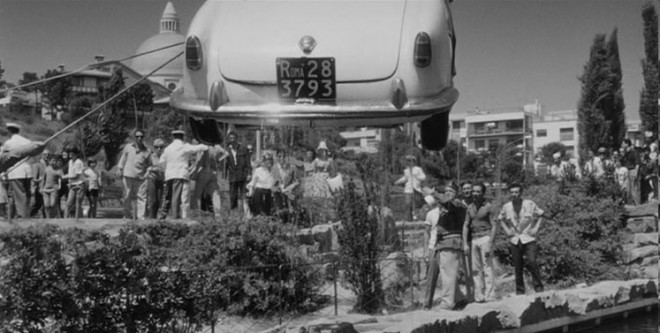[C]reation is a great wheel that cannot move without crushing someone. — Victor Hugo
Abel Gance’s The Wheel derives from dubious melodramatic material. Its camera opens on train tracks zipping past and proceeds to train wheels in crushing closeup. The train derails, and in the wreck that follows the single mother of baby Norma is killed. A single parent, railwayman Sisif (Séverin-Mars, superb) takes the child home, raising her as his own along with his young son, Elie. Elie and Norma believe they are biological brother and sister. As they grow up, they fall in love; Sisif also falls in love with Norma. A fight between Norma’s rich suitor and Elie results in the latter’s death, for which Sisif blames Norma. This ironical resolution of potential conflict between father and son is part of a string of losses that Sisif has suffered or will suffer: his wife, who died in childbirth; his inventions, the ideas for which Norma’s suitor stole—an encapsulation of capital’s plunder of the working class; Elie; Norma; his joy in life (several times Sisif attempts suicide); his eyesight. The film, which is set in the French Alps, ends with old Sisif’s death. He is alone, facing a window through which majestic mountains appear—to us. Sisif’s eyes are stone-cold dead; but do they now see the mountains with their spiritual sight? have they become the mountains? In extreme long-shot, figures of life dance in a wheel-like circle, inspiring the hand-holding line of ghosts in Ingmar Bergman’s The Seventh Seal (1956). Our sight has become one with the departed Sisif’s sight. Gance’s film transcends melodrama.
For The Wheel Gance has marshaled a dazzling array of experimental techniques, changing the shape and size of the image, creating expressive superimpositions, varying editing speeds, also expressively.
